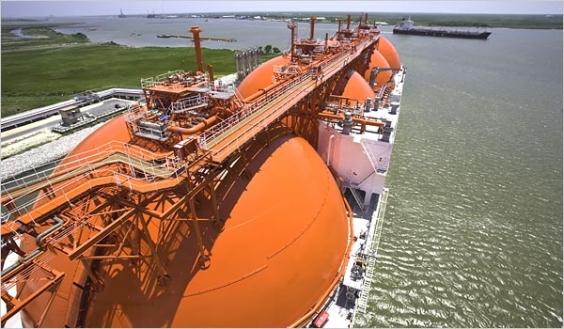
U.S. LNG SUCCESS

LNG Forum at the Gas Processors Association's Annual Meeting, ADI Analytics CEO Uday Turaga shared his company's views on the best options for monetizing shale gas resources in North America.
There is growing interest in gas monetization options, Turaga said, since regional gas production is still increasing and is outstripping demand. Options for monetizing shale gas include gas-to-liquids (GTL) and methanol-to-gasoline (MTG) production, liquefied natural gas (LNG) exports, chemicals production, industrial use, power production (at the expense of coal) and transportation fuel use.
Gas-fired power to eclipse coal. Turaga shared four primary points for shale gas monetization. First, he noted that power generation will continue to consume a material volume of gas, spurred by the retirement of coal-fired power plants.
This scenario will lead to a positive impact on overall demand for gas, although it will still far short of total supply forecasts.
GTL remains cost-challenged. Second, Turaga noted that gas conversion to liquid fuels is challenged by high capital costs. However, gas reforming to syngas opens up a wide range of processing options to produce fuels and chemicals. Several GTL and MTG projects have been announced across North America, although none have begun operations.
GTL offers the lowest returns in all locations and is, at best, marginally viable in the best location—the US Gulf Coast (USGC). Over the medium term, GTL and MTG capacity, and the corresponding impact on gas demand in the US, will be small, according to a forecast by ADI Analytics.
Success forecast for several LNG projects. Alternatively, LNG exports are the most economical means to monetize gas supplies in North America, Turaga said. The attractive economics are driven mainly by favorable capital costs and, therefore, favorable project economics relative to other gas monetization options. Turaga estimated the internal rate of return of an LNG project on the USGC (with taxes and without debt) at 35%.
A key factor in the viability of LNG is that the North American LNG supply cost to Asia is higher than that of the emerging Australasian supply, despite recent lower gas prices. Some projects are much more likely to see production, while most are indistinguishably advantaged over one another.
The LNG projects best positioned to move forward, according to an ADI Analytics algorithm, are Cheniere Energy's Sabine Pass terminal in Louisiana and Corpus Christi LNG terminal in Texas, Cameron LNG's terminal in Louisiana, Freeport LNG's terminal in Texas, Dominion Resources' Cove Point terminal in Maryland and Energy Transfer Partners' Lake Charles LNG terminal in Louisiana.
Gas-fueled transport to remain limited. Fourth, natural gas vehicles are unlikely to consume material volumes of natural gas due to challenges with market adoption and penetration, Turaga said. Passenger vehicle consumption of natural gas will be limited due to the small customer base and the small number of new vehicle sales.
However, gas could be utilized as fuel for commercial marine and trucking fleets in the forms of CNG and LNG. Larger LNG trucks have a greater upcharge, but their higher mileage offers the promise of a quicker payback.
New fuel and vehicular technology adoption is notoriously slow, and gas in transportation will be no different, Turaga noted. As a result, transportation will likely have a very small impact on overall demand for natural gas over the near term.
gasprocessingnews.com





